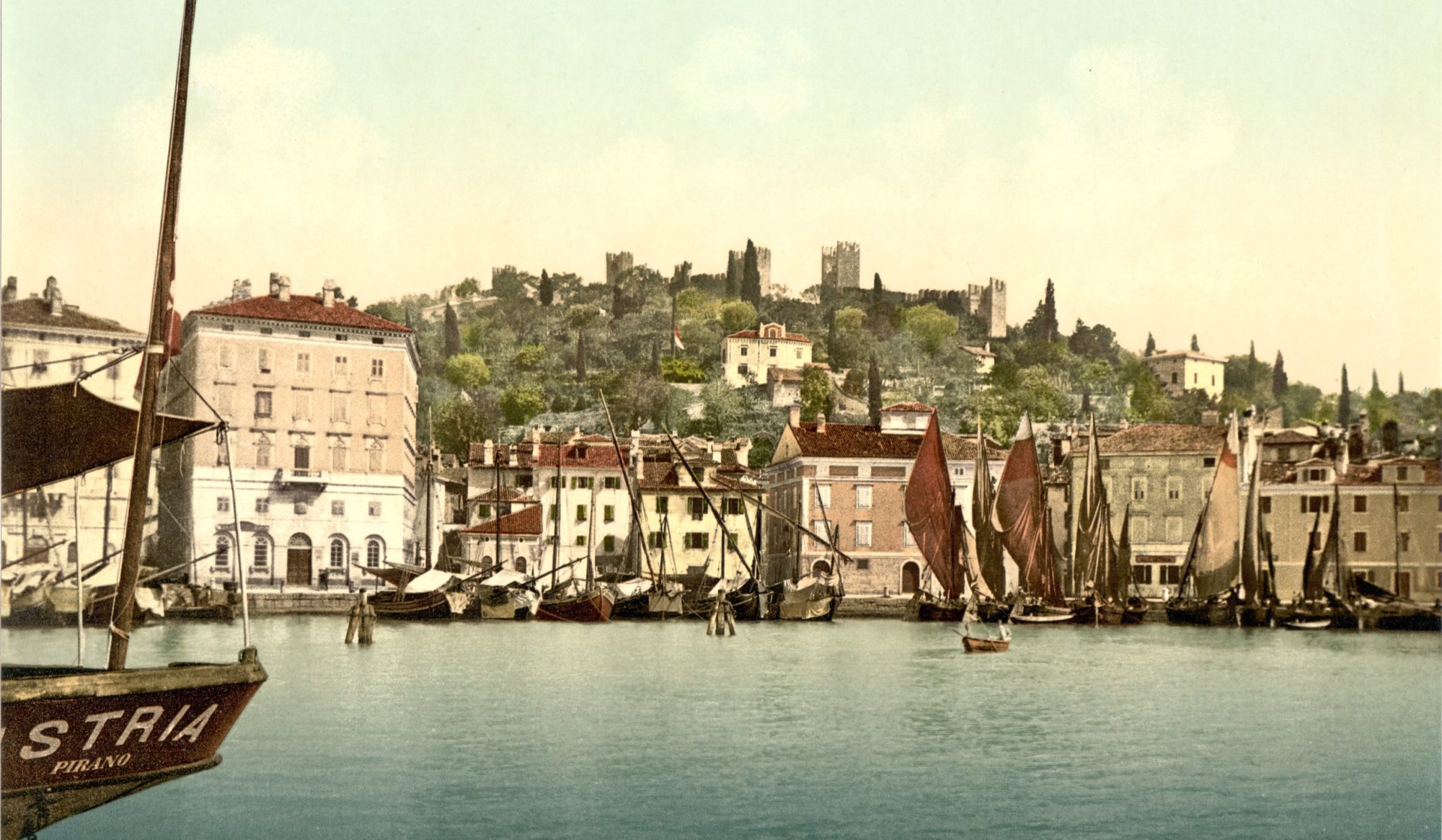Phil and Anita headed off the next morning to check out one of the local Blue Holes. We headed up the river in Zoe, skimming over the shallows (and at one point wading the boat through as we were just short of high tide) passing under the bridge and enjoying the surrounding jungle until we popped out into the Hole.

The Blue Holes are fresh water springs that bubble up to the surface but bring lots of natural minerals with them, causing a rather amazing colour. One of the local villages has the entrepreneurial insight to set up some shade shelters, seats, steps and a swing and then charge visitors to utilise the natural fresh water swimming hole. We explained to the chap on watch all we were doing was having an explore. He wasn’t too happy as it meant he was missing out on a bit of income so we came him a rather small amount and headed back down river.

That afternoon we headed off back down to Palikulo Bay, this time anchoring next to a different wreck, said to be Vanuatu’s first tug. With a mirror-like quality to the water, it was perfect for taking artistic photos of reflected rust while listening to the shrieks of laughing coming from the local village kids having an evening dip.

The following morning we swept around the point and out into the ocean wind to head further down the coast, anchoring off of Ratua Island Resort. The channel between the islands of Malo and Aore can develop quite interesting wind and tidal patterns and this time was totally different than when Phil and Jenny had first come through, halving the time it took to tack from Bokissa Island through to Ratua Island.

The anchorage off of Ratua Island is quite sheltered with a lovely lagoon that is home to a marine sanctuary. This meant that on the Eastern side of the island, turtles use the shallow inlet as a nursery for their young (usually seen in February) while on the deep Western side, the adult turtles (many over a meter across) shyly explore the visiting yachts.

There is a deep channel between Ratua Island and Aore Island, despite being only a couple of dozen meters wide. The current is strong but the water is clear and the sea life is incredible. Phil and Anita gave Zoe a bit of a rub down before donning mask and snorkel and drifting back down the channel with camera in hand and muffled exclamations bursting out in the form of bubbles. The perfect end to another stunning day.














